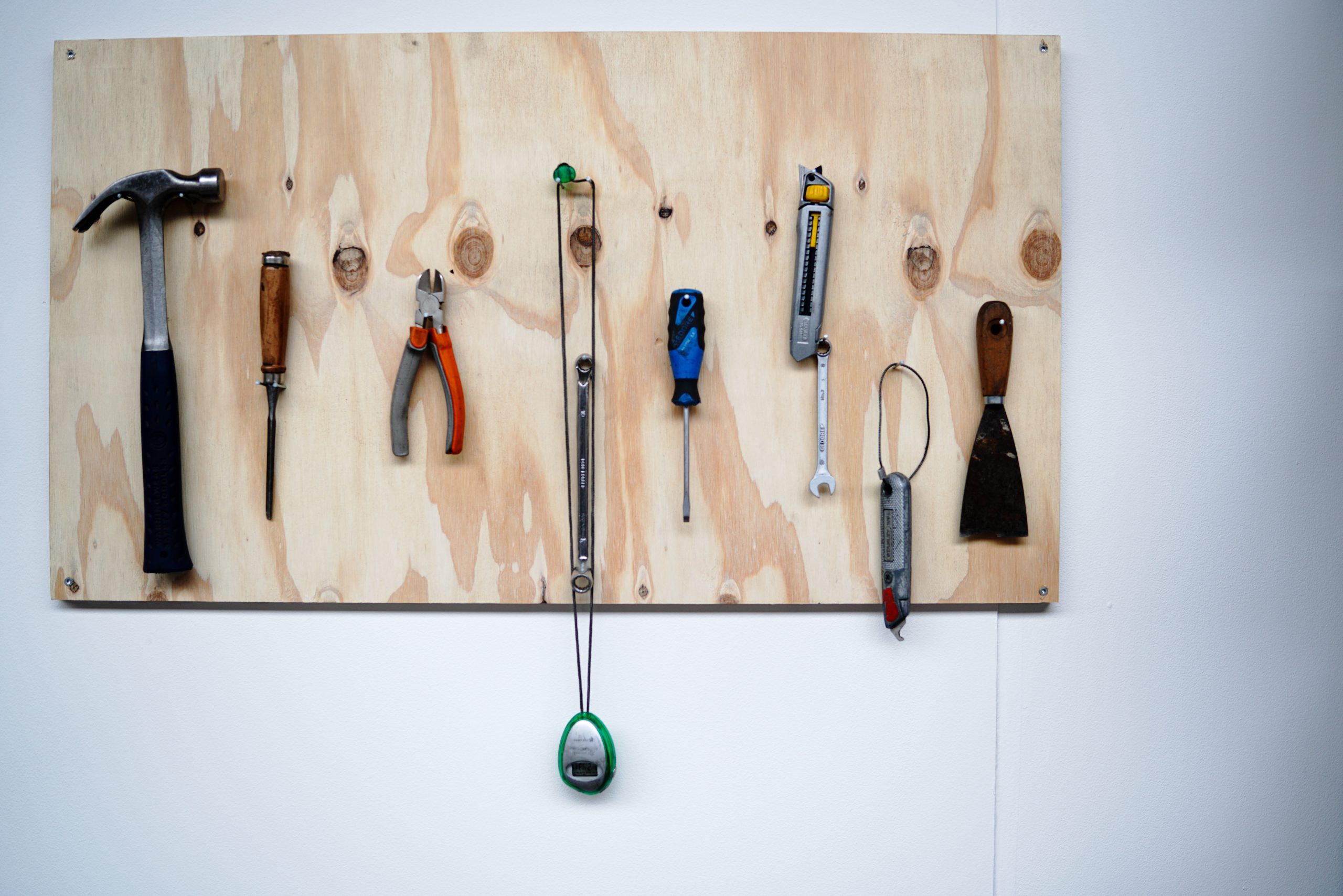By Professor Tony Attwood and Dr Michelle Garnett
Introduction to the Emotional Toolbox Part 2
Autistic children and adults often have a limited range of emotion repair mechanisms and are less likely to use the more effective strategies used by typical children and adults, such as putting the event in perspective, reappraising the situation, considering alternative responses, acceptance, or being able to disclose inner feelings to another person, thus seeking, and benefiting from compassion, validation and affection from a family member or friend. However, autistic children and adults can learn new emotion repair strategies, and these can be conceptualised as acquiring more emotion repair tools. Part 1 of The Emotional Toolbox described physical, relaxation and meditation tools and Part 2 describes social, helping others, Internet, thinking and other tools.
Social Tools
This tool involves being with someone, or an animal, that can help repair the mood. These tools could be represented by a sponge to soak up the emotional distress. The social experience will need to be enjoyable and without the stress that can sometimes be associated with socialising, especially when the interaction involves more than one other person. For an autistic person, two are company, three a crowd. There are social experiences that reduce anxiety, for example, being with someone who has the ability to be like an emotional ‘sponge’, soaking up worries and anxious thoughts; a particular family member, teacher or colleague who accurately ‘reads’ the autistic person’s emotional state and intuitively knows what to say or do to be reassuring and calming. Another social tool, in the broadest sense, is spending time with pets that are non-judgemental listeners and more forgiving and accepting than humans. Sometimes, even just looking at photographs of favourite people and pets on a mobile phone or iPad can significantly decrease anxiety, despair, and agitation. Someone emotionally close to an autistic child or adolescent could make an audio recording of soothing comments on their mobile phone to help them cope with extremely anxious or distressing moments.
Helping Others
Another tool is the act of helping someone and being needed – an altruistic act. Autistic individuals can change their mood from self-criticism and pessimism to a feeling of self-worth and resilience when they experience opportunities to help and be of value to others. This can include activities such as helping someone who has difficulties in an area of the autistic person’s talents or expertise: for example, helping a teacher or sibling fix a problem with a computer. Being needed and appreciated is a significant emotional repair mechanism for all of us, including autistic individuals.
Internet Activities
Internet support groups and conversations between subscribers or multi-player games participants can be an effective emotional repair mechanism. Autistic individuals often have greater eloquence and insight disclosing their inner thoughts and feelings by typing rather than talking; they don’t need skills with eye contact, or to be able to read a face or understand changes in vocal tone or body language when engaged in a ‘conversation’ on the Internet. The chat line or Internet conversation can include other autistic people who have genuine empathy and may offer constructive suggestions to repair a mood or situation.
Thinking Tools
A screwdriver or wrench, or a repair manual, can be used to represent Thinking Tools, that is strategies that can be used to change thinking or provide knowledge. The autistic person is encouraged to use his or her intellectual abilities to manage feelings such as anxiety by using a variety of techniques such as self-talk or an internal dialogue such as, ‘I can notice my feelings’, ‘I can handle this”, or ‘I can be a mirror to my feelings, not a magnifying glass’. By using words and thoughts that are reassuring and encourage self-confidence and emotional resilience, the autistic person is encouraged to create a ‘force field,’ ‘suit of armour’ or ‘umbrella’ for emotional protection.
A thinking strategy is the creation of ‘antidotes’ to ‘poisonous thoughts.’ The procedure is to think of a comment that neutralizes or is an antidote to negative (poisonous) thoughts. For example, the negative thought, ‘I can’t do it’ (poisonous thought) can be neutralized by the antidote, ‘If I stay calm, I will be quicker at finding the solution’; or ‘I’m a loser’ can be neutralized by the antidote, ‘but I’m a winner at Minecraft.’ A list is created of the person’s negative or poisonous thoughts, and the parent or teacher helps create a personalized antidote to each thought. Cognitive Behaviour Therapy (CBT) focuses on discouraging maladaptive thinking and encouraging adaptive thinking and CBT has been adapted to accommodate the characteristics of autism (Scarpa, Williams White and Attwood 2013). The unhelpful thinking associated with autism is a tendency to catastrophise (meltdown) or supress (engage in a special interest) and CBT encourages adaptive thinking such as self-soothing, perceiving alternative perspectives and the disclosure of feelings to others.
Academic or Intellectual Achievement
A tool that can be used with autistic children and adults to reduce anxiety and improve mood and resilience, is the achievement of academic success or acquiring knowledge on the Internet. When an autistic child is anxious or agitated in class, the teacher may instruct the child to complete an academic activity that he or she enjoys, and for which the child has a natural talent, such as solving mathematic problems, spelling, playing an instrument or drawing. This contrasts with typical children, who would probably try to avoid academic tasks when stressed. Adults may reduce stress and improve their mood and self-esteem by seeking knowledge via the Internet or reading.
Additional tools: Sensory sensitivity, nutrition, and sleep
The exploration and analysis of the causes of anxiety may include sensory sensitivity (Green & Ben-Sasson 2010). Experience has indicated that repeated exposure to the sensory experience does not easily lead to habituation and a reduction in sensitivity. Sensory sensitivity appears to be a life-long characteristic of autism, with adults creating life circumstances to avoid some sensory experiences or, with maturity, learning to consciously endure and tolerate such experiences, even though they may be just as aversive as they were during childhood. An occupational therapist may be able to provide advice on strategies to reduce or tolerate sensory sensitivity. For example, auditory sensitivity can be for both sounds of a particular pitch or volume, or general noise levels, and can include difficulty filtering out background sounds to focus on a teacher’s or line manager’s voice. Anxiety can occur due to the possibility of not being able to hear important instructions. Specific sounds can be avoided, or encountered less frequently, such as someone shouting; or being prepared and supported for particular events, such as fire alarm testing. A Sensory Integration Programme created and conducted by an occupational therapist may reduce sensory sensitivity.
Clinical experience and advice from mature autistic adults suggest that physical and emotional well-being can be improved by reducing the amount of junk food consumed and having a good diet with nutritious food (Attwood, et al., 2014). While junk food is popular, well-advertised and easy to acquire, and can provide some comfort in the short term, the problems, which range from unstable mood to weight gain, outweigh the perceived benefits. Healthy food does contribute to a healthy mind.
We recognize that autism is associated with a range of sleep disorders (Chen et al 2021; Kotagal, & Broomall, 2012;). Sleep has many functions, one of which is to refresh mind and body. The sleep cycle associated with autism can be unusual, for example, taking some time to fall asleep (especially if worried about events of the day, or fearfully anticipating the next day), with a tendency for there to be a disturbance of the depth and quality of sleep subsequently. While attention to, and modification of, sleep routines, and medications such as Melatonin, can all help establish a reasonable sleep cycle, if problems persist, a referral to a sleep clinic may be needed. Having restful and deep, uninterrupted sleep can lead to an improvement in the ability to manage emotions such as anxiety.
Summary for the Emotional Toolbox Parts 1 and 2
We recognise that autistic children and adults will have difficulties managing and expressing feelings which become increasingly significant throughout childhood, and especially in the adult years. Autistic adults often rate problems with anxiety and depression as having a far greater effect on their daily lives than making and keeping friends and getting and keeping a job (Attwood, et al., 2014). Thus, we need to recognize the importance of emotion repair at home, school and at work.
If you are interest in learning more about an emotional toolbox for autism, we highly recommend registering for our online course, Emotion Management for Autistic Children and Adolescents
References
Attwood, T. Evans C. & Lesko A. (2014). Been There. Done That. Try This!: An Aspie’s Guide to Life on Earth. London: Jessica Kingsley Publishers.
Chen et al (2021) Sleep problems in children with Autism Spectrum Disorder: A multicenter survey. BMC Psychiatry 21:406
Green, S. A., & Ben-Sasson, A. (2010). Anxiety disorders and sensory over-responsivity in children with autism spectrum disorders: is there a causal relationship? Journal of Autism & Developmental Disorders, 40(12), 1495-1504.
Kotagal, S., & Broomall, E. (2012). Sleep in children with autism spectrum disorder. Pediatric Neurology, 47(4), 242-251.
Scarpa, A., Williams White, S. and Attwood T. (Eds) (2013) CBT for Children and Adolescents with High Functioning Autism Spectrum Disorders. New York, The Guilford Press




